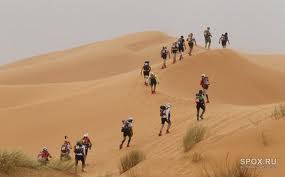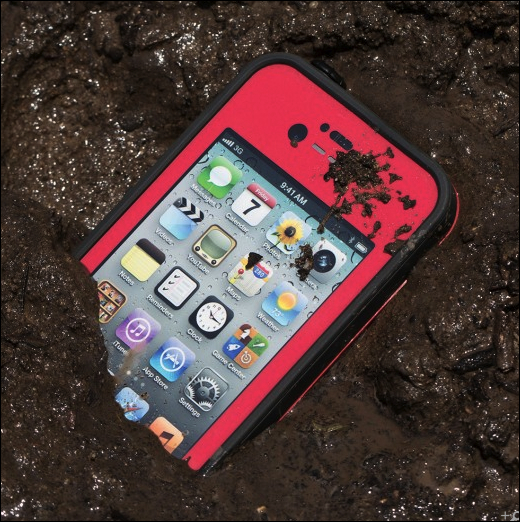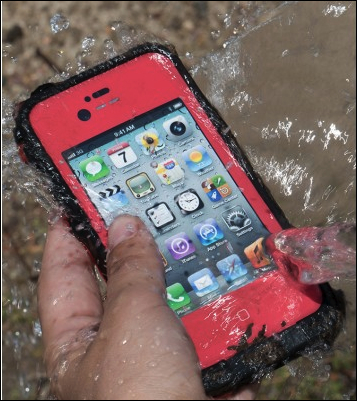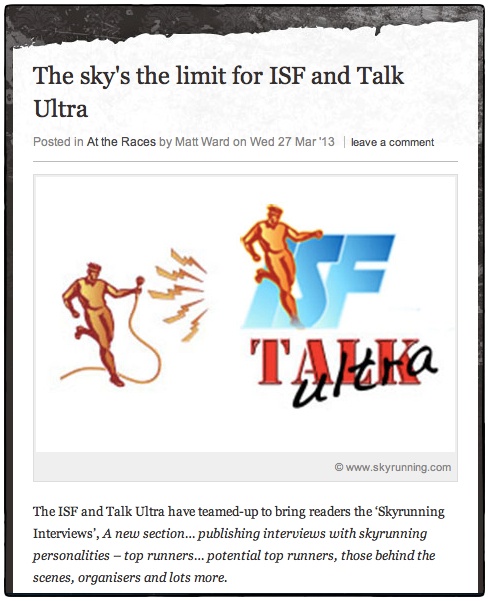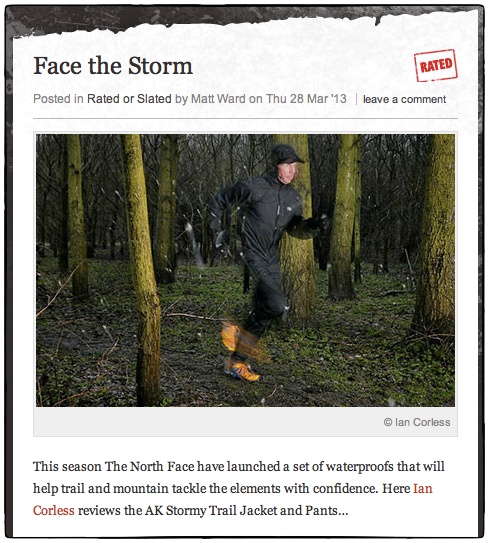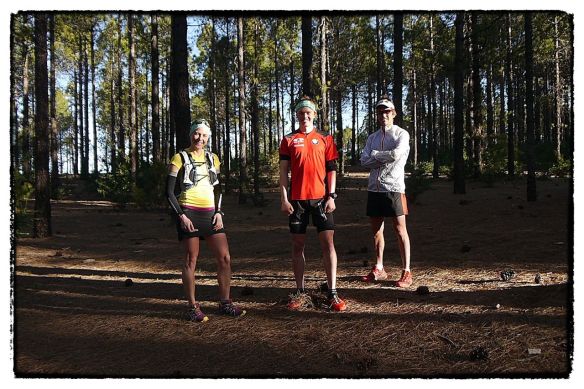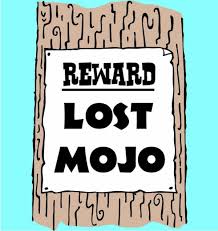MARATHON DES SABLES 2013
The 2013 edition of the Marathon des Sables is a self-sufficient race in the South of the Moroccan desert, the event will take place from 5th to 15th April 2013. For the 18th consecutive year, it will be run under the patronage of his Majesty King Mohammed VI.
Since its creation in 1986, the Marathon des Sables has attracted over 13,000 competitors over 27 editions. From humble beginnings, the race is now the most prestigious multi-stage race in the world.
The 2013 Marathon des Sables will see 1,091 entrants toe the line. With 45 different nationalities and a strong presence from France and the UK, the 28th edition will be a memorable one.
Taking place in South Morocco, in the provinces of Errachidia and Tinghrir the race will cover 223.8km over 5 stages. It will encompass some of the most beautiful terrain in the Moroccan desert. Eagerly awaited by one and all, the dunes, ergs and dried-up wadis will delight the thousand or so entrants from the fifty plus countries across the globe.
Race Programme:
5 April 2013: Leave country of residence for Morocco (UK entrants leave on the 4th) – Arrival in Ouarzazate, bus transfer to the 1st bivouac.
6 April 2013: Administrative, technical and medical checks – Day to acclimatise.
From 7-12 April 2013: Race in progress. (The self-sufficiency begins from breakfast on the 1st leg).
12 April 2013: Prizing ceremony in desert.
13 April 2013: Charity leg for UNICEF– Transfer to Ouarzazate.
14 April 2013: Day of relaxation, festivities.
15 April 2013: Return to country of residence.
Race Logistics
Patrick Bauer affectionately describes the Marathon des Sables as a big circus. It’s like moving a city everyday… just look at what is involved.
Race management : This team comprises more than 100 people including a race HQ, race marshals, controllers, timekeepers and ranking compilers. Since 2010, the official ranking has been achieved using a “transponder” for all the competitors.
Supervision : 400 people: technical, logistical and medical skills, 100 vehicles, 2 helicopters, 1 CESSNA plane, 4 dromedaries… and the active support of the Royal Armed Forces: 21 lorries (6×6) and 40 men to supervise logistics.
Medical Assistance : A team of 50 people under Dr Frédéric COMPAGNON, DOC TROTTER supervises the runners as much on a medical level (care of feet, resuscitation…) as a mental level, both of which fail sometimes in front of the toughness of the event and the hostility of the climate.
In the 27th SULTAN MARATHON DES SABLES, 3 tonnes of gear was transported and the medical team used : 5km of Elastoplast, 2,700 second-skin patches, 125 litres of disinfectant, 230 litres of drip solutions, 15,000 compresses, 2,800 pairs of surgical gloves,…
The Team
- 115 volunteers on the course itself
- 400 support staff overall
- 120 000 litres of mineral water
- 270 berber and saharan tents
- 100 all-terrain vehicles
- 2 “Squirrel” helicopter and 1 “Cessna” plane
- 6 “MDS special” commercial planes
- 23 buses
- 4 dromedaries
- 1 incinerator lorry for burning waste
- 4 quad bikes to ensure environment and safety on race
- 52 medical staff
- 6.5 kms of Elastoplast, 2 700 Compeed, 19 000 compresses 6 000 painkillers, 150 litres of disinfectant
- 4 editing stations, 5 cameras, 1 satellite image station 10 satellite telephones, 30 computers, fax and internet
Marathon des Sables – how did it start?
Patrick Bauer interview available HERE
1984 : At the age of 28, Patrick Bauer decided to make a journey into the Sahara. His objective was to traverse 350km’s of uninhabited desert, on foot, alone and without any possibility of encountering a single village, oasis or watering place. Totally self sufficient, Patrick entered the desert with a pack weight of 35kg containing all his water and food. The journey lasted 12 days and it was the starting point of what has now become the MARATHON DES SABLES.

Patrick Bauer, Marathon des Sables copyright http://www.lest-eclair.fr
1986 : The creation of the first MARATHON DES SABLES in the Moroccan Sahara. The 23 pioneers who took the start never imagined that their footprints would mark the start of a legendary event, which today has become unmissable on the schedule for major adventure sport meets.
1989 : 170 competitors take the start of the race and the rest is history.
I caught up with Patrick Bauer at the MDS UK expo in late 2012. You can listen to that interview (lasts 13 minutes):
LISTEN HERE
The 2013 Race – who will be taking part?
1,090 competitors aged 20 to 76 are expected to take the start (definitive number on 6 April following administrative and medical checks) representing 45 different nationalities: Algeria, Argentina, Australia, Austria, Belgium, Bulgaria, Canada, China, Costa Rica, Czech Republic, Denmark, England, Finland, France, Germany, Holland, India, Ireland, Italy, Japan, Jordan, Kuwait, Latvia, Luxembourg, Morocco, New Zealand, Norway, Poland, Portugal, Republic of El Salvador, Romania, Russia, Saudi Arabia, Scotland, Singapore, Slovakia, Slovenia, South Africa, South Korea, Spain, Sweden, Switzerland, Turkey and the United States.
The participants are men and women with various and varied profiles (Doctors, farmers, coppersmiths, pilots, builders, chefs, servicemen and women, students, professional athletes and retired persons…).
The 2013 MDS Challengers for the overall win
The Female contenders for the overall win :
- Laurence KLEIN (FRA) – 1st woman in 2007, 2011 and 2012, European 100km Champion.
- Meryem KHALI (MAR) – 2nd woman in 2012. N°1082:
- Megan HICKS (USA) – 2nd woman in 2009.
- Simone KAYSER (LUX )– 3 victories in the MDS.
The Male contenders for the overall win :
- Salameh AL AQRA (JOR) – 1st in 2012, 2nd in 2008, 2010, 3rd in 2009, 2011.
- Mohamad AHANSAL (MAR) – 4 victories and 2nd place 9 times.
- Samir AKHDAR (MAR) – 6th in 2011, 7th in 2009.
- Rachid EL MORABITY (MAR) – 1st in 2011.
- Aziz EL AKAD (MAR) – 2nd in 2009 and 3rd in 2008 and 2012.
- Christophe LE SAUX (FR) – 6th in 2012, 1st Guyan’trail 2011 and 2012.
- Anton VENCELJ (SLO) – 4th in 2010, 8th in 2012.
- Abdelaaziz TAYSS (FR) – French Cross-Country champion 2008 and 2011
- Vincent DELEBARRE (FR) – 9th in 2005, 1st UTMB, Réunion, Templiers, etc
- Martin FIZ (SP) – World Marathon Champion in 1995.
- Carlos GOMEZ DE SA (POR) – 4th 2012 and 8th in 2008, 4th UTMB 2012.
- Marco OLMO (ITA) – Top 10 in the MDS, 2 UTMB victories.
- Antonio Filippo SALARIS (ITA) – 7th in 2012.
In 2013 I followed two runners in the build up to the 2013 Marathon des Sables. Tobias Mews placed 21st overall in the 2010 race and Stuart Rae is toeing the line for the first time in 2013. Each interview alternated on episodes of Talk Ultra but they have been joined together in one episode (lasts just under 1 hour)
LISTEN HERE
2012 results (for reference)
1st : Salameh Al Aqra (JOR) in 19h59’21’’ 2nd : Mohamad Ahansal (MAR) 21’02’’ behind 3rd : Aziz El Akad (MAR) 1h38’56’’ behind
1st : Laurence Klein (FRA) in 26h15’40’’ 2nd : Meryem Khali (MAR) 1h19’38’’ behind 3rd : Karine Baillet (FRA) 1h31’07’’ behind
The 2013 race route
- 1st leg – 37.2k Undulating terrain, interspersed with small ergs representing 5km of small dunes (dunettes).
- 2nd leg – 30.7km 3 djebels with 10 to 25% gradients – exceptional panoramic views.
- 3rd leg – 38km 2 djebel sections, 2 dried-up lakes and lots of sand.
- 4th leg – 75.7km a total of 13km of dunes and around 30km of sandy terrain.
- 5th leg – 42.2km the final leg is a marathon with ergs, regs, a dried-up lake and wadi beds…
- Total Distance – 223.8km
Mandatory Kit
One of the key aspects of the Marathon des Sables is what kit to take? Here is a list of ‘mandatory’ kit. Of course, you need to add to this food requirements, cooking equipment and any additional luxuries.
- Distress flare: For use in the event of an extreme emergency. A range in excess of several dozen metres once activated.
- Knife: Equipped with a metal blade, it’s obviously useful in the bivouac and it can be of service when useful in the bivouac and it can be of service when running too.
- Compass: Surpassing both intuition and signposting, the compass is the marathon runner’s signposting.
- Whistle: Slowed by problems with your health or astray of the initial route, it enables other competitors or the organisation to be alerted to your whereabouts.
- Lighter: An important ally after a day’s running, whenit’s time to make a fire to heat up your meal.
- Anti-venom pump: Even though it’s rare to have an unpleasant encounter with a snake, the anti-venom pump is compulsory and can enable action to be pump is compulsory and can enable action to be taken quickly.
- Antiseptic: As the days go by, all kinds of injuries can crop up, even during the race sometimes. So whilst awaiting assistance from a Doc Trotter, antiseptic can be important prior to linking up with the medical team.
- Sleeping bag: To be carried for seven days, ideally it shouldn’t exceed 400g and should be suitable for temperatures of between 5°C and 10°C. Indeed, the nights are cold in the desert.
- Survival blanket: In the event of serious problems, the survival blanket enables you to protect yourself from both the cold and sun. It weighs in at no more than 60g.
- Signalling mirror: If lost, someone competing in the Marathon des Sables will want to signal his or her presence. Playing with the sun and a mirror may be an alternative prior to using a distress flare.
- Salt tablets: Not exactly pleasant tasting, they are nonetheless essential for avoiding dehydration.
- Glow sticks: The perfect marker during the long leg.
- Headtorch: once night falls or when wandering around the bivouac, the headtorch is essential.
I will be reporting from the 2013 event as the race unfolds and providing I am able to gain adequate access to internet, I will update my website, Facebook and Twitter with reports and images as often as possible. So please keep checking!



